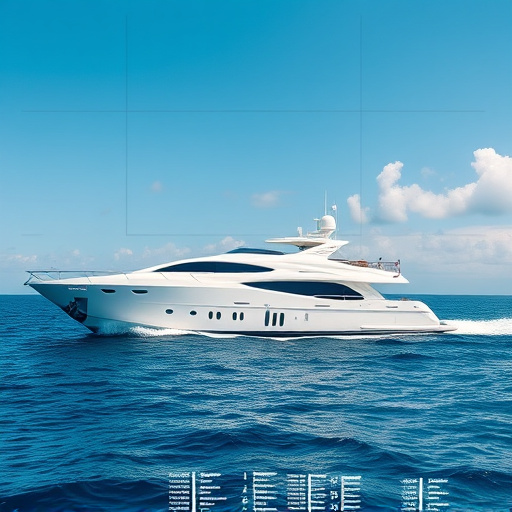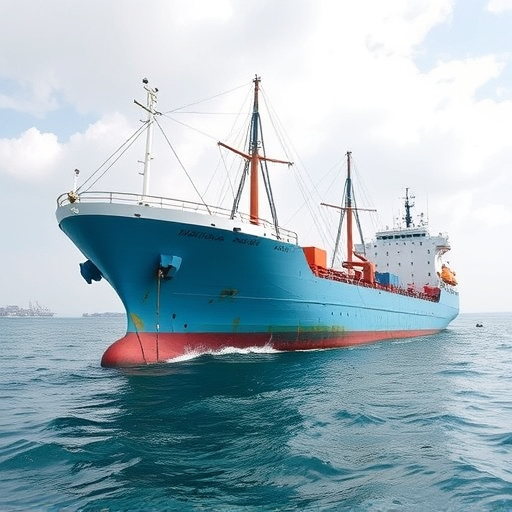In a structure Bedions High Method Structure *
Maximizing the lifespan of your marine battery is crucial for uninterrupted adventures on the open sea. In this guide, we’ll explore three practical tips designed to extend the life of your marine battery. By understanding your battery’s unique needs, implementing regular cleaning and inspection routines, and optimizing charging and storage practices, you can ensure your marine battery performs at its best for years to come.
- Understand Your Marine Battery's Needs
- Regularly Clean and Inspect Terminals
- Optimize Charging and Storage Practices
Understand Your Marine Battery's Needs

Understanding your marine battery’s unique needs is crucial for maximizing its lifespan and performance. Unlike standard car batteries, marine batteries are designed to operate in challenging environments—often exposed to salt water, extreme temperatures, and varying levels of usage. Marine batteries require specific care to prevent premature degradation and costly replacements.
One key aspect is to recognize the difference in discharge patterns. Marine settings often involve shorter bursts of high power, such as starting a boat’s engine, followed by periods of lower current draw. This cycle can stress a battery if not managed properly. Regular maintenance, including keeping the battery terminals clean and tightly connected, checking for corrosion, and ensuring proper charging, is essential to meet these demands.
Regularly Clean and Inspect Terminals

Regular cleaning and inspection of marine battery terminals are essential practices for extending its lifespan. Over time, corrosion can build up on the terminals, leading to poor connections and reduced performance. By using a mild cleaning solution and a brush, you can remove any corrosion or debris, ensuring optimal conductivity. It’s recommended to perform this task periodically, especially in salty environments where corrosion is more prevalent.
During inspection, check for any signs of damage, wear, or leaks. Clean and tighten connections to maintain the battery’s health. Regular maintenance not only improves the marine battery’s performance but also prevents premature replacement, saving you time and money in the long run.
Optimize Charging and Storage Practices

Optimizing charging and storage practices is a key strategy for extending the lifespan of your marine battery. Always aim to keep your battery charged at an optimal level, typically between 12.6 and 12.8 volts for a 12-volt marine battery. Overcharging can lead to excessive heat buildup and premature degradation, so invest in a reliable marine battery charger that automatically adjusts to prevent overcharging. Storing a partially discharged battery can also accelerate its aging process. Instead, store your marine battery at a full charge, and consider using a battery tender or maintainer to keep it in top condition during periods of inactivity.
Additionally, regularly clean the battery terminals to ensure optimal conductivity. Corrosion build-up can create resistance, hindering charging efficiency and placing unnecessary strain on the battery. Remember, proper charging and storage habits not only extend the life of your marine battery but also ensure reliable starting power for your boat when you need it most.
Extending the life of your marine battery is achievable through simple, consistent care. By understanding your battery’s needs, regularly cleaning and inspecting terminals, and optimizing charging and storage practices, you can ensure your marine battery performs optimally for years to come. These tips are essential in maintaining a healthy battery, keeping your vessel running smoothly, and saving you from costly replacements.
